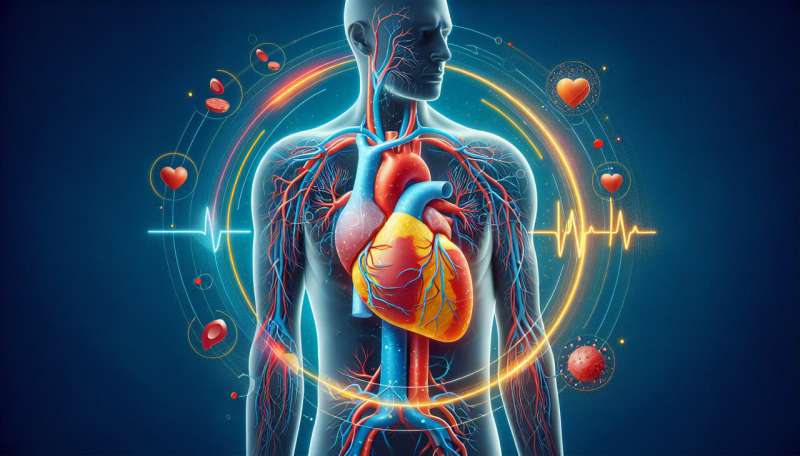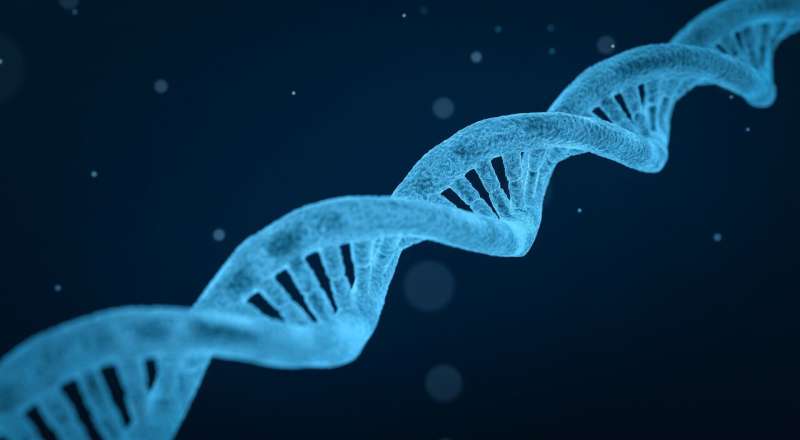New Study Sheds Light on How Menopause Affects Women's Heart Health Across Different Populations

A groundbreaking study reveals that menopause triggers increases in blood lipids across diverse populations, suggesting a universal aspect of women's cardiovascular health affected by biological aging.
Recent research from Arizona State University provides new insights into the relationship between menopause and cardiovascular health, revealing that changes in blood lipid levels after menopause may be a human universal phenomenon. The study examined diverse populations, including the Tsimane—a traditional forager-horticultural community in Bolivia known for their extremely active lifestyle and minimal processed food consumption. Despite their low rates of heart disease, postmenopausal women in the Tsimane experienced increases in key blood lipids such as cholesterol, triglycerides, and low-density lipoprotein (LDL), with rises ranging from 1.5% to 11%. These findings suggest that the metabolic changes related to menopause may be inherent to humans, regardless of lifestyle or environment.
The Tsimane community's lifestyle—characterized by high physical activity levels, a diet free from processed foods, and close to ancestral human behaviors—offers valuable perspective since most data on menopause and cholesterol come from industrialized societies like the US and UK. While increases in lipid levels are more pronounced in industrialized nations, similar patterns emerge across different lifestyles, emphasizing that menopausal metabolic shifts might be a fundamental aspect of human biology.
Lead researcher Madeleine Getz highlights that, although the extent of lipid level changes differs across populations, the phenomenon appears consistent globally. As these increases are associated with increased cardiovascular risk in modern societies, understanding their universality could influence future health strategies for women worldwide.
The study also underscores the importance of considering evolutionary perspectives in health research. The Tsimane's active lifestyle and natural diet provide a stark contrast to modern environments, yet the commonality in menopausal effects on blood lipids suggests underlying biological processes shared among all humans. Co-author Benjamin Trumble notes that these findings reinforce the idea that menopause-related cardiovascular changes are a normal part of aging in women, irrespective of cultural or environmental differences.
Overall, this research signifies a step forward in understanding the evolutionary roots of women's heart health and points to the need for further studies across diverse populations to develop effective prevention and treatment strategies.
Stay Updated with Mia's Feed
Get the latest health & wellness insights delivered straight to your inbox.
Related Articles
Breakthrough in Cancer Diagnosis: Novel Fusion Gene Identified in Adenoid Cystic Carcinoma
Researchers identify a new fusion gene, NFIB::PHACTR2, crucial for accurately diagnosing adenoid cystic carcinoma, highlighting the importance of molecular testing in cancer diagnosis.
Gut Microbiota and Immune System Interplay Influences Breast Cancer Risk
Emerging research reveals how gut microbiota and immune system interactions may influence breast cancer risk, opening new pathways for prevention and therapy.
Innovative Molecular Degraders Offer New Hope for Aggressive Breast Cancer Treatment
Scientists have developed innovative molecular degraders that target the 'undruggable' RNA-binding protein HuR, offering promising new treatments for aggressive breast cancer and other diseases.



